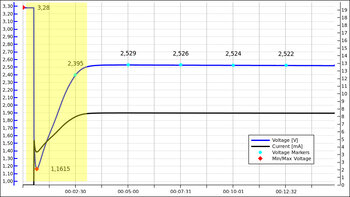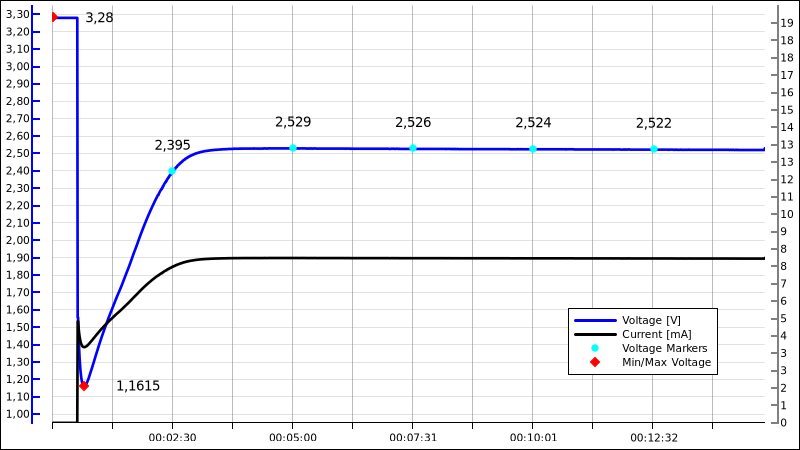- Tips
- technology
- Frequently Asked Questions
- Tests
- mAh capacity
- Rated Capacity
- comparison
- everActive
- Batteries vs rechargeable batteries
- Durability of rechargeable batteries
- Efficiency of rechargeable batteries
- battery voltage
- Accumulated energy
- LR03 AAA
- LR6 AA
- eneloop
- AG13 LR1154 LR44
- CR 2032
- Delta V
- Charge Cycles
- internal resistance
- charge level
- memory effect
- accredited test
- SR44 357
- Hearing Batteries 675
- SR626 377
- Watch Batteries
- Polarity
- Mah
- passivation
- LS 14250
- LS 14500
Passivation in lithium batteries - we explain this interesting and quite common phenomenon.

Has it ever happened to you that a new CR2032 lithium battery freshly inserted into the remote control refused to work? Or maybe the device immediately signaled a low charge level despite installing a new battery? If so, you probably like most people considered such a battery to be defective and useless.
Or maybe you threw away such a battery? We encourage you to read our post, from which you will learn that you may have gotten rid of a completely good battery.
In virtually all lithium batteries, after 6-12 months of storage, the effect of an apparent increase in internal resistance may appear - the so-called battery passivation.
The battery remains as if it was asleep. This minimizes the self-discharge effect, which ensures very long shelf life characteristics of this type of battery.
The effect itself manifests itself as a symptom that the battery has the correct voltage at the poles, but in the first moment after applying a load, the voltage drops sharply, and the battery gives off much less current as it should. This symptom usually passes after the first few minutes after installing the battery in the target device at the latest and is completely imperceptible to the user in most devices.
However, there are devices that momentarily, in impulse, require a significant amount of electricity. Therefore, after inserting such a dormant battery into a remote control or other wireless transmitter, it may happen that the battery will not work as it should at first. The device may not even boot initially.
The described phenomenon can be clearly seen in the graph below, where the CR2016 battery, completely functional, with high capacity, was combined with a demanding (high for this type of battery) load of 320 Ohm.
Drawing. Passivation and wake-up effect of CR2016 lithium battery.

Due to the very large initial voltage drop, the battery could be hastily considered defective. However, after about 2 minutes it was completely awakened and continued to work at nominal efficiency.
In typical applications, it is usually enough to wait a moment and try to use such a battery normally for a few minutes. The battery will wake up and the device will work just like on any other good quality battery.
Author: Michał Seredziński
Copying the content of the text or its part without the consent of a representative of Baltrade sp. z o.o. is prohibited.